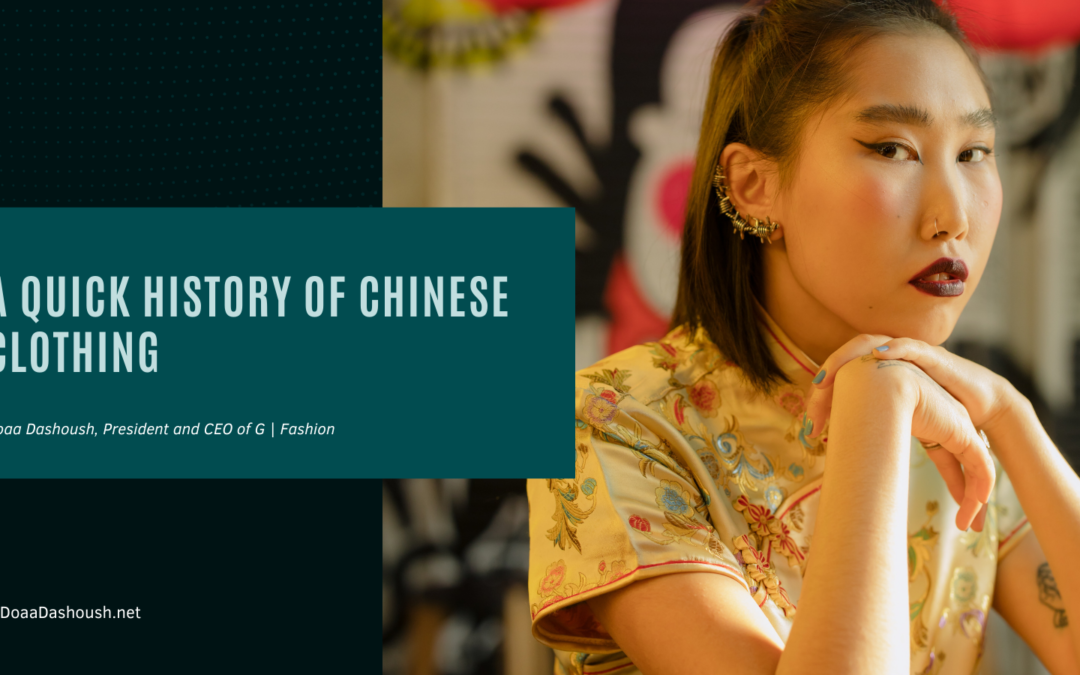Clothing has been around for as long as we can remember, and with it comes an expansive history of styles, trends, designs, and more. Among these clothing, styles is Traditional Chinese clothing, which spans many ethnic groups over thousands of years. Generations upon generations of clothing designers have built up Chinese clothing so that it’s become an important part of the country’s culture. This clothing style dates back at least 7,000 years; archaeologists have found bone sewing needles and other similar artifacts at least 18,000 years old.
With so much history behind Chinese fashion, it can take a while to go through all the styles and trends passed through the generations. Here is a brief overview of that expansive history.
Qin and Han Dynasties (221 B.C. — 220 A.D.)
Clothing and fashion during the Qin and Han dynasties saw the unification of both territory and written language. Qin Shihuang, the First Emperor of the Qin Dynasty, established a system of uniforms that distinguished people’s ranks and social positions from one another (among other social systems). Though established, China’s complete code of costume and trappings wasn’t fully in place until the Han Dynasty. During this era, yarn-dyeing, embroidering, and metal-processing technologies developed quickly and brought about changes in both costumes and adornments.
Tang Dynasty (618 — 907)
The Tang Dynasty brought about perhaps the most incredible page in the history of Chinese clothing. During this time, clothing became more varied thanks to the state becoming more open to the outside world. This led to people becoming more cultured in their thinking and styles; women’s clothes became fashionable because they were showy and rapidly changed.
Song, Yuan, and Ming Dynasties
Casual wear appeared during the Song Dynasty (960—1279), and clothes became both simple and elegant. The Yuan Dynasty (1206—1368) saw the Mongolians in power, and their influence on fashion came with it. Clothing became a mix of Mongolian and Han fashions, and the upper class had luxurious yet simple and unadorned designs. This style changed substantially during the Ming Dynasty (1368—1644), and clothing was no longer limited to one style. It instead advocated for natural beauty, bringing vigor and vitality into its culture.
1930s — Today
Chinese clothing seen today started showing up in the 1930s, bringing Qipao into fashion. Clothes became westernized during the 1930s to the 1940s and started becoming tailored to flatter the body shape. From then until the 1960s, Qipao (Cheongsam) remained popular and fashionable in Hong Kong. Today, Chinese brides typically wear either modern Qipao or Longfeng Kwa (a traditional Chinese dress like Qipao) as their suits on their wedding day.
Doaa Dashoush is an experienced businesswoman in the fashion industry. She currently serves as the President and CEO of GFASHION, a global luxury brand currently based in New York City. GFASHION prides themselves on their unique approach to the industry. They don’t follow trends set by others. The Luxury brand focuses on innovative design through their work with the top designers on collections that reflect the company’s craftsmanship.
